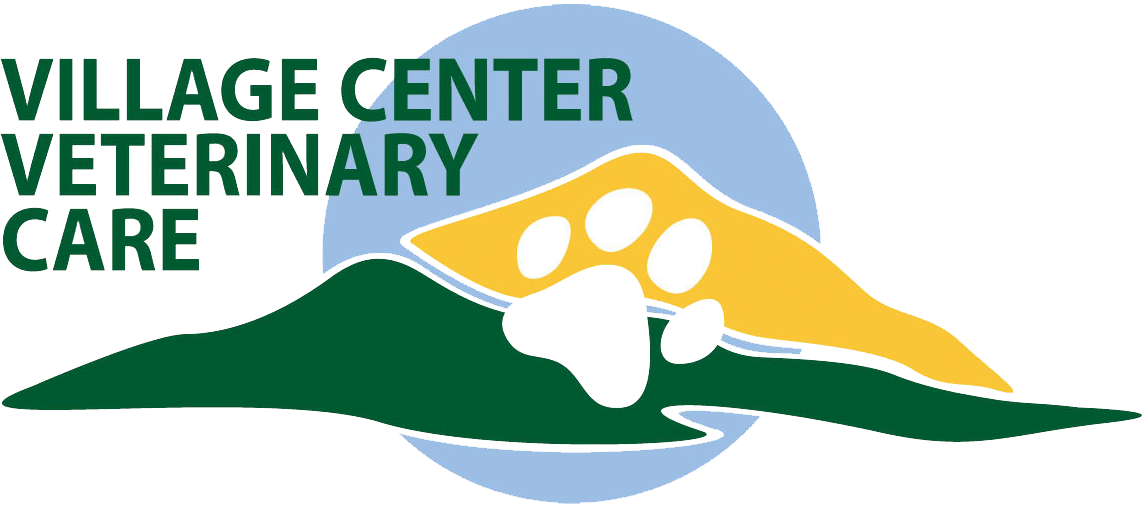Salmonella has been in the news a lot lately. Massive numbers of eggs and pet foods have been the most recent subjects of food safety recalls, but there is almost no limit to the food products that are at risk of salmonella contamination. Better detection and reporting may make it seem that more foodstuffs are becoming contaminated, but it is likely that we have about the same amount of salmonella contamination in our food products as we always have had, we are just catching it more often.
Salmonella is a type of bacterium that lives in the gastrointestinal tract of many animals. Some animals, like chickens and reptiles, harbor Salmonella species as part of their normal gastrointestinal bacterial populations and do not become ill as a result. The bacteria pass in their stool normally, and that is where the problems start. Even a small amount of fecal contamination during food processing can allow the bacteria to lurk in the product. Cooking effectively kills the organism, but contact with contaminated substances after cooking can re-contaminate the food. Salmonella contamination of raw diets for dogs is the major health concern with that type of food, but dry foods are also known to harbor the bacteria.
Although cats can get salmonella, they are much more resistant to the infection than dogs or people. In pets the signs of salmonella infection range from no visible symptoms to overwhelming systemic infection and death. In pregnant females it can be a cause of abortion or early neonatal death in puppies. Most symptomatic animals develop vomiting and diarrhea that may be mild or may be severe. A dog with vomiting and diarrhea who is also running a fever and feeling rotten is a little more likely to have Salmonella than some of the other zillion causes of upset gastrointestinal tract that produce symptoms that are exactly the same. Sorting out exactly what organism is causing the problem often requires quite a few diagnostics, and for milder cases it may not change the treatment options, so it is not uncommon for veterinarians to treat symptomatically without getting an official diagnosis. Sorting out Salmonella from other causes of gastrointestinal upset involves running a fecal exam to rule out Giardia, Coccidia, campylobacter, whipworms, hookworms, clostridium and several other common culprits that cause similar symptoms. Salmonella is not identifiable on a regular fecal exam, so after ruling out other common causes for diarrhea a fecal culture is what identifies Salmonella.
The main argument for getting an official diagnosis is that affected animals can shed large quantities of salmonella in their stool and serve as sources of infection for the other canine and human occupants of the household. Even more potentially problematic is the asymptomatic carrier--the dog who is shedding salmonella in his stool but has no sign of disease himself--just like Typhoid Mary, who was a carrier of Salmonella typhi and spread it to everyone she had contact with even though she herself was not sick.
Antibiotics in the quinolone group have been shown to clear subclinical infections in people, and although we extrapolate that treatment to our veterinary patients there are not a lot of clear studies that prove that this is equally effective in dogs. In very sick patients antibiotics are necessary, but it seems that in milder gastrointestinal cases the use of antibiotics is not only not helpful, but can often be counterproductive as those antibiotics may be eliminating normal gastrointestinal bacteria that play a big role in crowding out the problem causers. Repeat fecal cultures tell us if the infection is gone.

